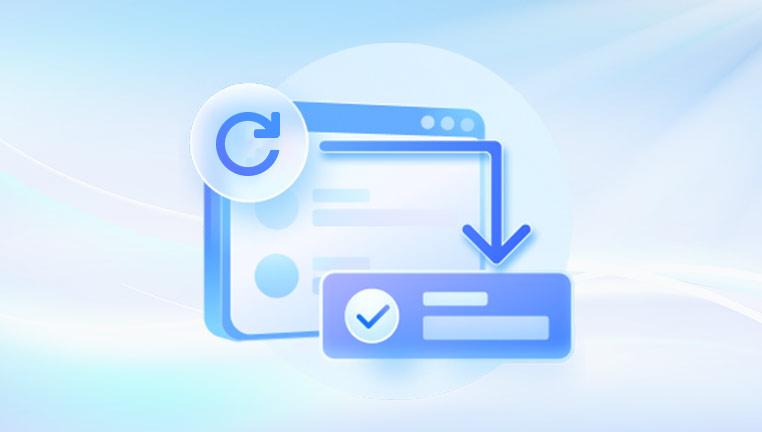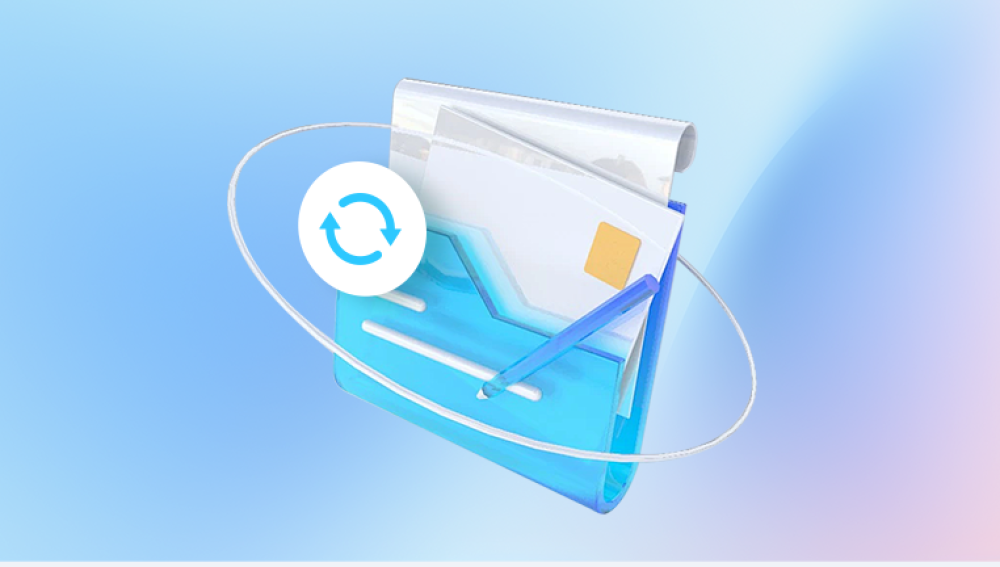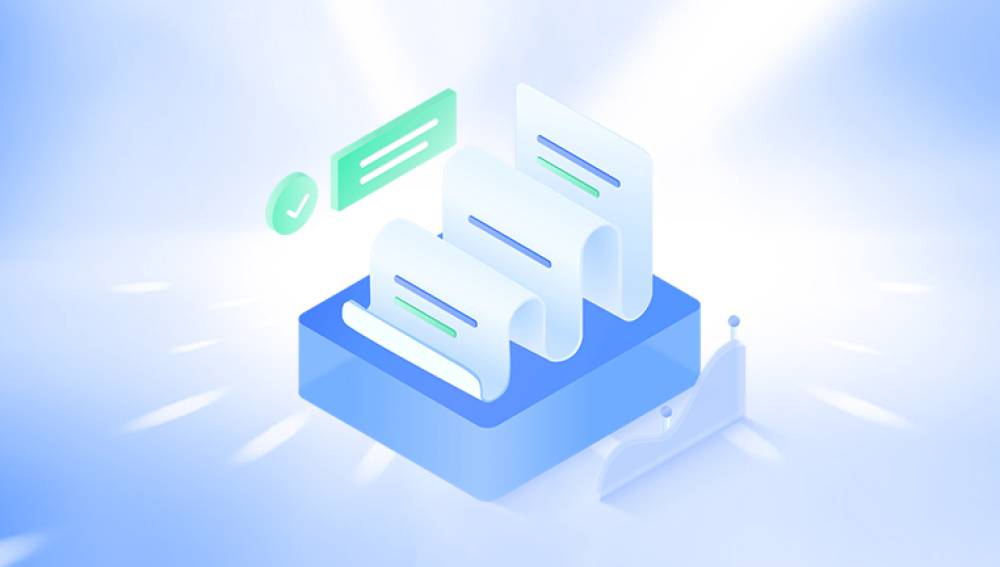Data loss is one of the most stressful experiences for computer users, whether due to accidental deletion, formatting errors, hardware failures, or malware attacks. Retrieving deleted files is critical to restoring personal memories, professional documents, and essential data. Fortunately, the market is flooded with data recovery programs designed to tackle this problem, each boasting unique features and varying levels of success.
Recovery tools work by scanning these “available” spaces and attempting to reconstruct the lost files. The sooner you attempt recovery, the higher the chances of success since less chance exists for overwritten data.
Criteria for Choosing the Best File Recovery Program
Choosing a recovery program depends on various factors:
File system compatibility: Programs should support different file systems such as NTFS, FAT32. exFAT, HFS+, APFS, ext4. and others.

Types of files supported: Whether you can recover documents, photos, videos, emails, or other file types.
Ease of use: User-friendly interface and guided recovery steps.
Recovery modes: Quick scan, deep scan, partition recovery, formatted drive recovery, etc.
Preview capability: Ability to preview recoverable files before restoring.
Speed and efficiency: How fast and accurate the scan and recovery are.
Platform support: Windows, macOS, Linux, mobile OS.
Pricing: Free versions vs. paid options, licensing models.
Safety: Non-destructive scanning without further damaging your data.
With these points in mind, let’s explore some of the best programs in the field.
1. Drecov Data Recovery
When it comes to recovering deleted files, choosing a reliable and effective program is crucial. Drecov Data Recovery stands out as a powerful yet user-friendly tool designed to help users retrieve lost or deleted data from a variety of storage devices quickly and safely.
Why Choose Drecov Data Recovery?
Drecov Data Recovery supports recovery from multiple storage mediums, including internal hard drives, external drives, USB flash drives, memory cards, and even formatted or corrupted partitions. Whether you accidentally deleted photos, documents, videos, or emails, Panda can scan deeply to locate recoverable files that standard undelete tools often miss.
The program is equipped with advanced scanning algorithms that enable both quick and deep scanning modes. Quick scans rapidly locate recently deleted files, while deep scans dive into sectors of the drive to find files deleted long ago or after formatting. This flexibility allows Panda to recover files from a range of data loss scenarios like accidental deletion, system crashes, virus attacks, or drive corruption.
User Experience and Features
One of Drecov Data Recovery’s biggest strengths is its straightforward interface, making it accessible for users of all technical levels. With a simple step-by-step wizard, you can scan your drives, preview recoverable files, and restore them with minimal effort. This ease of use is combined with a preview feature that lets you verify files before recovery, ensuring you restore only what you need.
2. EaseUS Data Recovery Wizard
EaseUS is a highly popular tool with a reputation for reliable recovery on multiple platforms including Windows and macOS. It caters to both novice users and professionals.
Key Features:
Supports recovery from various data loss situations: deletion, formatting, partition loss, virus attacks.
Can recover more than 1000 file types, including photos, videos, emails, documents, and more.
Supports internal and external storage devices.
Offers a preview option to check files before recovery.
Provides partition recovery and RAW drive recovery.
Available in free and paid versions (free version limits recovery to 2GB).
Strengths:
User-friendly interface with guided recovery steps.
Comprehensive scanning options.
Good balance between ease of use and advanced recovery options.
Technical support available for paid users.
Limitations:
Free version has a data recovery limit.
Premium versions are relatively costly.
Scan speed can vary depending on the drive size and condition.
EaseUS is an excellent all-around tool suited for users willing to pay for a premium experience or needing to recover substantial amounts of data.
3. Disk Drill
Disk Drill has earned a solid reputation for powerful data recovery on Windows and macOS platforms. It supports numerous file systems and offers advanced features for deeper recovery.
Key Features:
Supports recovery from various devices such as HDD, SSD, USB, memory cards.
Recovers deleted files, lost partitions, and formatted drives.
Supports recovery of over 400 file formats.
Provides file preview and selective recovery.
Offers additional disk monitoring and data protection tools.
Includes recovery vault and guaranteed recovery features to protect files from future loss.
Free version allows recovery of up to 500MB on Windows; full recovery on macOS requires purchase.
Strengths:
Modern, intuitive interface.
Powerful scanning algorithms.
Additional protective features.
Supports bootable recovery disks for damaged systems.
Limitations:
Free data recovery limit on Windows.
Full features require paid license.
May require technical knowledge for complex recoveries.
Disk Drill is great for users who want an all-in-one data management and recovery tool, especially professionals who value extra data protection utilities.
4. Stellar Data Recovery
Stellar is known for being one of the most comprehensive and reliable recovery suites, especially in professional and enterprise environments.
Key Features:
Supports recovery of all major file types from any storage media.
Supports Windows, macOS, and Linux.
Offers deep scan, formatted drive recovery, partition recovery, and optical media recovery.
Recovers data from encrypted drives.
Provides preview before recovery.
Includes cloning options for damaged drives.
Multiple editions: Free, Professional, Premium, and Technician.
Strengths:
Very high success rate, especially for complex cases.
Supports a wide variety of storage devices and file systems.
Excellent customer support.
Advanced features like drive imaging to reduce risk during recovery.
Limitations:
Relatively expensive, especially for higher editions.
User interface can be complex for beginners.
Deep scans can take a long time depending on drive size.
Stellar is best suited for users who face serious data loss scenarios and require reliable professional-grade recovery tools.
5. PhotoRec
PhotoRec is an open-source, free data recovery software primarily aimed at recovering lost files from digital cameras and hard disks. Despite the name, it can recover many file types beyond photos.
Key Features:
Recovers files based on file signatures, even from formatted or damaged partitions.
Supports a wide range of file systems including FAT, NTFS, exFAT, ext2/ext3/ext4.
Runs on multiple operating systems: Windows, macOS, Linux.
Command-line interface but some third-party GUIs are available.
Focus on recovering files even when the filesystem is severely damaged.
Strengths:
Completely free and open-source.
Works on a variety of OS and file systems.
Very effective for deep recovery.
Lightweight and does not require installation.
Limitations:
No graphical interface by default, which can be intimidating for non-technical users.
Recovery can be slow and less selective (recovers many files, including unwanted ones).
No preview function.
PhotoRec is perfect for tech-savvy users comfortable with command-line tools who need powerful free recovery options.
6. R-Studio
R-Studio is a professional-grade data recovery suite widely used by data recovery specialists. It’s designed for deep recovery of severely damaged or formatted disks.
Key Features:
Supports recovery from local disks, removable disks, RAID arrays, and network drives.
Compatible with numerous file systems including NTFS, FAT, exFAT, HFS+, Ext variants.
Advanced recovery options like RAID reconstruction.
Hexadecimal disk editor included.
Supports recovery over network and remote recovery.
Runs on Windows, macOS, and Linux.
Strengths:
Highly powerful and flexible.
Great for recovering data from complex storage setups.
Allows detailed customization of recovery parameters.
Excellent for professional and enterprise environments.
Limitations:
Expensive compared to other consumer-level tools.
Steeper learning curve, not beginner-friendly.
Interface is technical and overwhelming for casual users.
R-Studio is the go-to choice for IT professionals and data recovery experts handling critical or large-scale recoveries.
7. Wondershare Recoverit
Recoverit offers a good balance between ease of use and powerful recovery capabilities, with support for many file types and devices.
Key Features:
Supports recovery from computer drives, external disks, SD cards, and other media.
Over 1000 supported file types.
Provides a preview option.
Fast scanning with detailed filters.
Available for Windows and macOS.
Free version recovers up to 100MB; paid versions remove limits.
Strengths:
Simple and attractive interface.
Fast scanning and recovery.
Suitable for most data loss scenarios.
Regular updates and good customer support.
Limitations:
Free version limited in recovery size.
Can be costly if you want unlimited recovery.
Some users report issues with complex recoveries.
Recoverit is ideal for average users wanting a straightforward recovery tool with modern design and decent performance.
8. MiniTool Power Data Recovery
MiniTool is a solid recovery program that caters to both Windows and Mac users. It offers a good mix of features and is beginner-friendly.
Key Features:
Supports recovery from various devices including hard drives, SSDs, USB sticks, and CDs/DVDs.
Can recover deleted files, lost partitions, and data from damaged or formatted drives.
Supports common file systems and file types.
Preview files before recovery.
Free version allows up to 1GB recovery; paid versions unlock unlimited recovery.
Simple and clean user interface.
Strengths:
Easy to use for novices.
Effective for most typical data loss cases.
Offers partition recovery.
Frequent updates.
Limitations:
Limited free version.
Scanning can be slow for large drives.
May struggle with heavily corrupted drives.
MiniTool is a great choice for everyday users who want a reliable recovery option without complicated setups.
9. TestDisk
TestDisk is an open-source utility mainly designed for partition recovery but also capable of undeleting files. It pairs well with PhotoRec.
Key Features:
Recovers lost partitions.
Repairs corrupted partition tables and boot sectors.
Works on numerous file systems.
Runs on Windows, Linux, macOS, and others.
Command-line interface with extensive functionality.
Strengths:
Powerful and free.
Can fix partition structures and recover deleted partitions.
Highly effective for system recovery scenarios.
Supports many platforms and filesystems.
Limitations:
No graphical interface.
Complex for casual users.
Focuses more on partitions than individual files.
TestDisk is invaluable for technically skilled users needing to recover lost partitions and associated files.
10. Glary Undelete
Glary Undelete is a free and simple recovery tool targeted at Windows users.
Key Features:
Supports FAT and NTFS file systems.
Simple interface with quick scan.
Allows preview of recoverable files.
Portable version available (no installation required).
Strengths:
Completely free.
Very easy to use.
Fast recovery for deleted files on Windows.
Limitations:
Limited features compared to premium tools.
No support for non-Windows file systems.
May not handle complex recoveries well.
Glary Undelete is perfect for quick, light recovery tasks on Windows with no fuss.
Additional Tips for Successful File Recovery
Stop using the drive immediately: Avoid writing new data to the drive to prevent overwriting deleted files.
Use recovery software on a different drive: Install and run recovery software on a different disk or partition than the one you’re recovering from.
Create disk images: If the drive is failing, create a disk image and perform recovery on the image to prevent further damage.
Back up regularly: Prevention is the best cure always maintain updated backups of critical data.
Choosing the best program to retrieve deleted files depends heavily on your technical proficiency, type of data loss, device, and budget. For casual users with simple needs, tools like Recuva and Glary Undelete offer quick and easy recovery. Those looking for a balance of usability and power should consider EaseUS Data Recovery Wizard, Disk Drill, or Wondershare Recoverit.
For serious data loss, professional-grade tools like Stellar Data Recovery and R-Studio provide advanced features capable of recovering data from damaged or complex storage systems. Meanwhile, open-source utilities like PhotoRec and TestDisk offer powerful free options for technical users comfortable with command-line environments.




